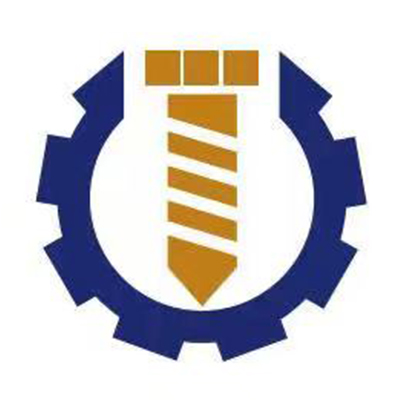1、 PLC faults: PLC faults mainly include output point relay contact adhesion. If this point controls the motor, the fault phenomenon is that the motor runs after receiving a start signal, but after the stop signal is issued, the motor of the fully automatic shrink packaging machine does not stop running. Only when the PLC is powered off, the motor stops running. If this point controls the solenoid valve. The fault phenomenon is that the solenoid valve coil is not powered off and the cylinder is not reset. If external force is used to impact the PLC to separate the adhesive points, it can help determine the fault.
There are two ways to repair PLC output point faults. It is more convenient to use a programmer to modify the program, replace the damaged output point with a backup output point, and adjust the circuit at the same time. If point 1004 of the control solenoid valve is damaged, the backup point will become point 1105. You can use programmers to find relevant statements at 1004, where keep (014) 01004 is keep (014) 01105. Control motor 1002 is damaged, change to backup point 11061002, change the related statement from out 01002 to out 01106, and adjust the wiring at the same time.
If there is no programmer, a more troublesome second method can be used, which is to remove the PLC, disassemble the PLC, remove the output relay of the backup point, and replace it with a damaged output point. Then install according to the original line number.
2、 The proximity switch is faulty: The fully automatic shrink packaging machine has five proximity switches. Three are used for knife protection, and two are used to control the upper and lower film motors. Among them, one or two misoperations will interrupt the normal operation process, and due to the few faults and short time, it brings certain difficulties to the analysis and troubleshooting of faults. A typical malfunction is that the melting knife occasionally drops and automatically lifts when not in place. The reason for the failure is that the melting knife did not touch the encapsulated object during the descent process, and the proximity switch for lifting the melting knife lost its signal, just like the protective plate touching the encapsulated object, the melting knife automatically returns upwards.
This fault repair method can install the same type of switch in parallel with the proximity switch of the melting knife, and the two switches work in parallel to improve their reliability.
3、 Magnetic switch failure: The magnetic switch is used to detect the position of the cylinder and control the stroke of the cylinder. The actions of the laminating knife, pushing knife, pressing knife, and melting knife are interrelated, and their positions are detected and controlled by magnetic switches. The main fault is that the subsequent cylinder does not operate, as the magnetic switch cannot detect a signal due to the high cylinder speed. If the speed of the pushing cylinder is too fast, the pressing and melting cylinder will not move after the pushing cylinder is reset. The troubleshooting method can adjust the throttle valve and its two position five way solenoid valve on the cylinder, reduce the compressed air flow rate, and reduce the operating speed of the cylinder until the magnetic switch detects a signal.
4、 Electromagnetic valve fault: The main fault of the electromagnetic valve is that the cylinder does not move or reset, because the electromagnetic valve of the cylinder cannot change direction or blow air. If the solenoid valve is blown, the air pressure of the fully automatic shrink packaging machine cannot reach the working pressure, and the knife beam cannot rise normally due to the connection between the inlet and outlet channels. The knife beam protection proximity switch does not work, the premise for the entire machine to operate is not established, and the machine cannot operate, which is easily confused with electrical faults. The solenoid valve leaks and there is a sound of leakage. Listen carefully to the sound source and use your hands to find the leakage point. It is generally easy to find the leakage solenoid valve.

